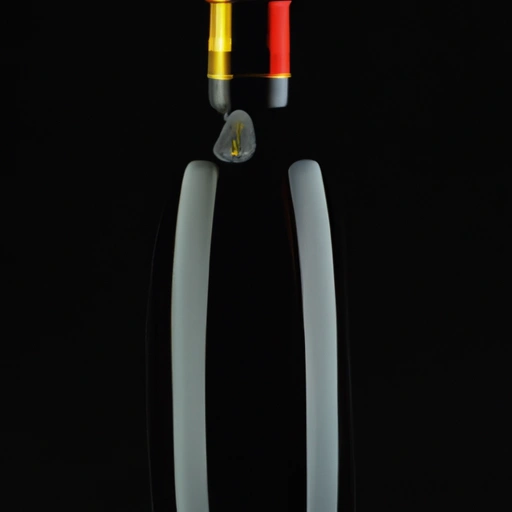Wine
Description

Wine is an alcoholic beverage made from fermented grapes or other fruits. In the culinary world, wine is utilized not only as a drink to complement meals but also as a versatile ingredient that can add depth, acidity, and flavor to a variety of dishes. The alcohol in wine evaporates during the cooking process, leaving behind a concentrated flavor that can enhance the overall taste profile of a recipe.
Common uses
Wine is commonly used as a beverage served alongside meals, as a cooking ingredient, and as a base for various sauces and marinades. It is also employed in the preservation of certain foods. Within culinary practices, wine is often used to deglaze pans, stew meats, and poach fruits.
Nutritional value
Calories
In cooking, the caloric content of wine can vary based on the type and quantity used. On average, a standard serving size of wine (5 oz or about 150 mL) contains approximately 120-130 calories.
Protein
Wine contains negligible amounts of protein.
Fat
Wine is virtually fat-free.
Carbohydrates
The carbohydrate content in wine is mostly due to sugars, with a typical serving containing about 4 grams of carbs.
Vitamins
Wine is not a significant source of vitamins. However, some fortified wines may contain higher levels of certain vitamins and antioxidants.
Minerals
Minerals in wine may include small amounts of potassium and magnesium, depending on the type of wine used.
Health benefits
When consumed in moderation, wine can contribute to heart health due to its antioxidants like resveratrol. However, these benefits are primarily associated with moderate drinking rather than cooking with wine.
Potential risks
Excessive consumption of wine can lead to negative health effects, including an increased risk of certain diseases. When using wine in cooking, it is important to consider guests who may be avoiding alcohol for personal, health, or religious reasons. Additionally, wine contains sulfites, which can cause allergic reactions in some individuals.
Common recipes
Wine is featured in many recipes such as Coq au Vin, Beef Bourguignon, risottos, various sauces like Beurre Blanc, and desserts like poached pears or sabayon.
Cooking methods
Wine can be used in braising, simmering, marinating, and as a flavor enhancer in sautéing and sauce-making. It's a crucial component in deglazing pans to create rich gravies and sauces.
Pairing with other ingredients
Wine pairs exceptionally well with meats, seafood, cheeses, and certain desserts. The choice of wine often complements the flavor profile of the main ingredients, with white wines typically pairing with lighter dishes and red wines with heartier meals.
Summary
Wine is a timeless ingredient treasured in both drinking and cooking traditions around the world. Offering a spectrum of flavors from sweet to dry, white to red, and light to full-bodied, wine can enhance dishes in subtle to pronounced ways. Whether used in small quantities to deglaze a pan or as a principal component in a stew, wine imparts complexity and richness that can elevate a meal from ordinary to extraordinary.